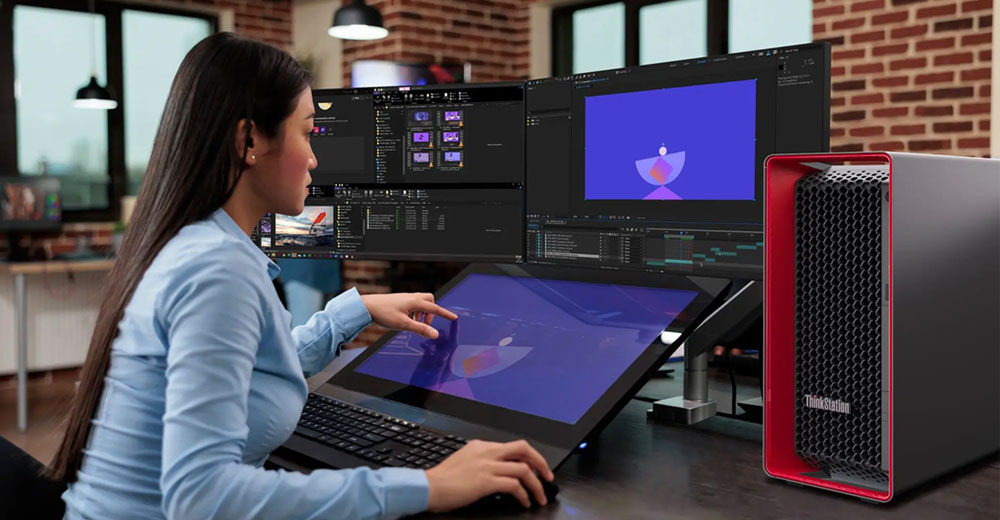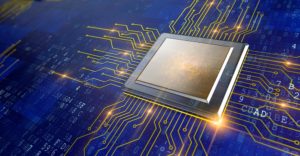Lenovo has been hitting it out of the park of late. Even its smartphone unit, Motorola, seems to have recovered, and in servers and PCs, Lenovo is a true force to reckon with.
But last week, Lenovo launched a new line of ThinkStation workstations co-designed with Aston Martin that expanded its lead in that market. They are impressive performers, using up to two of Intel’s most powerful CPUs and up to four of Nvidia’s most powerful professional graphics cards. They pull so much power that you’d likely need your desk or home office rewired to run the thing.
Let’s talk about some of the ways Lenovo has found to move around its competitors, which has resulted in its gaining share and generally being ranked as number one in an increasing number of categories. We’ll close with my Product of the Week, GrammarlyGO, a solution that adds generative AI to its automated editing product line.
The Aston Martin Workstation
What prompted this column was a workstation announcement at DreamWorks, which was once the old HP’s most prominent reference account. But when Meg Whitman split the company, neither HPC nor HP could make blended workstation bids. A significant advantage with either system would, or apparently did, cause DreamWorks to flip to Lenovo instead.
From talking to DreamWorks, it was likely the servers, not the workstations, that forced the switch. Lenovo’s early recognition of the unique performance advantage of AMD’s Threadripper platform resulted in Lenovo taking over market leadership of high-end servers, which turned out to be another brilliant move by the company.
Aston Martin co-designed the workstations Lenovo launched last week. This alone is interesting. Not because Q, James Bond’s armorer, had a fondness for those cars (there is an interesting backstory here), but because, like Porsche and BMW, Aston Martin has become a design house that can be contracted to design other things.
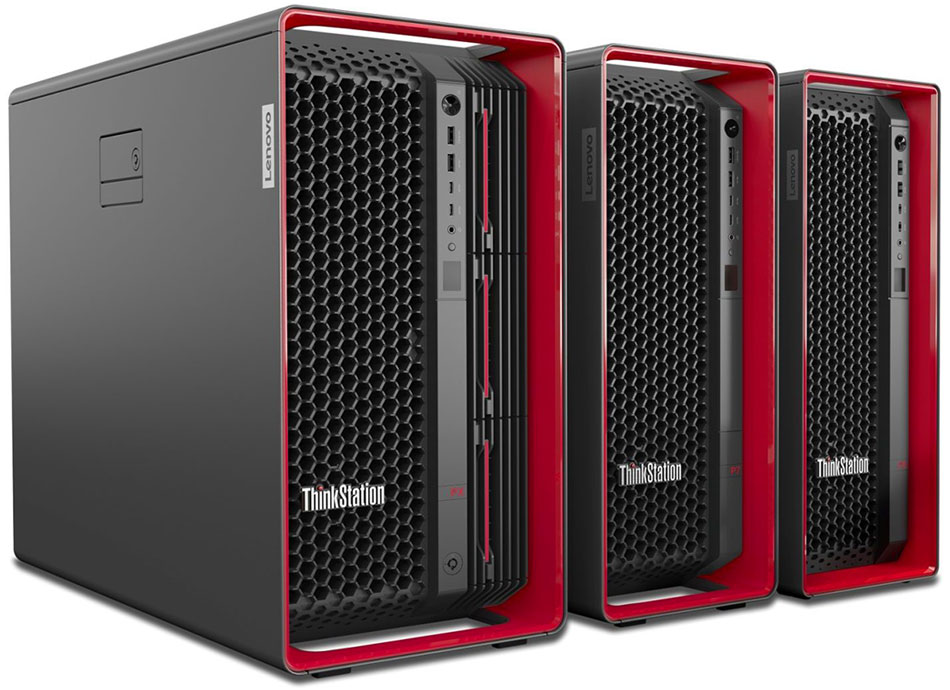
From left: ThinkStation PX, P7, P5 (Image Credit: Lenovo)
Like BMW, which HP has used for workstations in the past, Aston Martin is good at blending clean external design with optimized airflow to create an attractive, high-performance, air-cooled workstation platform. Frankly, it had me at Aston Martin workstation because, while it is doubtful I’ll ever be able to afford the car, the workstation is something I could buy.
As noted above, the most high-performance configuration has two of Intel’s most powerful professional CPUs and four of Nvidia’s most powerful professional GPUs, which, together, require a 20-amp dedicated circuit to run. So, if you want unbelievable levels of power, you’ll likely have to pull a 20-amp dedicated circuit so you can plug in the thing.
Your electric bill increase will be substantial if you leave that workstation running. But for those who need ultimate performance, to my knowledge, there is nothing more powerful until an anticipated dual-socket AMD Threadripper offering shows up.
Warm Water Cooling
DreamWorks indicated that it switched to Lenovo servers because they could be cooled with warm water. This unique approach, developed at IBM, resulted in excess of 30% energy savings for DreamWorks’ render farm and won the company several environmental awards, according to DreamWorks.
It still amazes me that warm water cooling is unique to Lenovo, given its massive performance and cost advantages. With warm water cooling, you don’t need a water chiller, making it far less expensive to put in, and you don’t get condensate, which can create corrosion issues.
Over the years, Lenovo has developed better and faster water connections, pivoting connections that allow for easy maintenance. The resulting servers run much more quietly and make the server room more tech-friendly than is usually the case.
While it still has some air-cooled components like power supplies, the plan is to make them water-cooled, eventually promising a nearly dead-quiet server room. If you’ve never been in one, a typical server room sounds like you are inside a windstorm or vacuum cleaner. They tend to be excessively noisy, making them undesirable places to work.
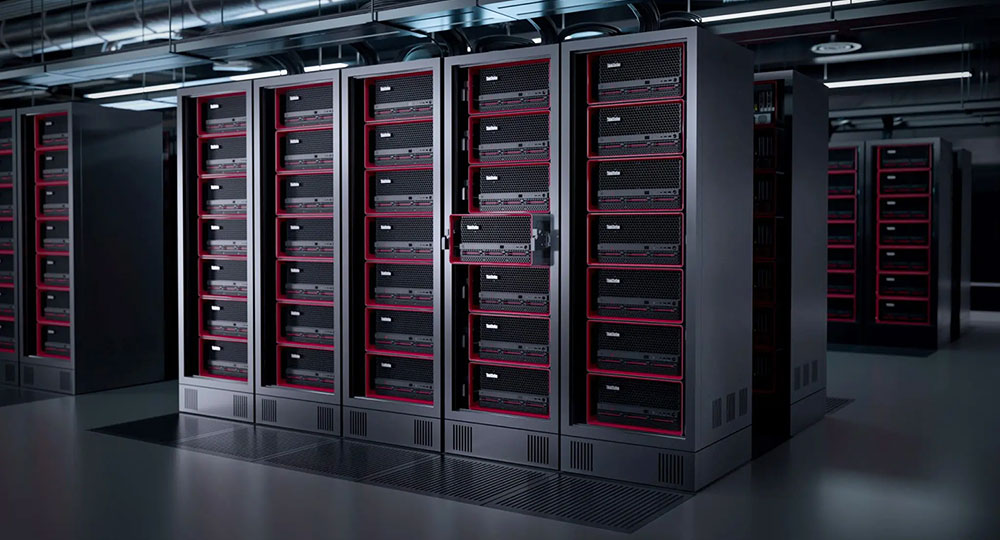
The rack-optimized ThinkStation PX provides flexibility for use in both desktop and data center environments, enabling a convenient transition between the two. (Image Credit: Lenovo)
It is interesting to note that Lenovo showcased both what DreamWorks was using — a four-socket Intel server — and what the next generation was likely to look like — two AMD sockets and up to 4 GPU accelerators. They’ll have issues, given that GPUs are delivered as socketed parts. This last suggests there is an opportunity for AMD or some other graphics vendor (Intel?) to make a socketed GPU solution that could result in some interesting market share changes and performance improvements.
For now, we’ll call this a missed opportunity.
Generative AI
At Nvidia’s big GTC conference next week, there will be a great deal of generative AI content. DreamWorks indicated that it’s slowly ramping up its generative AI capabilities, which these new Lenovo workstations and servers should enhance.
I expect this will be a game changer for movie creation as these increasingly capable AIs introduce physics and better allow animators to create and move characters in a movie in real time, with game-like capabilities that automatically cause clothing, hair, and scene elements to move as if they were in the real world.
When implemented, I bet this technology will massively improve DreamWorks’ productivity and allow it to hire more animators who aren’t good at drawing but have strong special skills to create more balanced and interesting imagery with the help of these generative AI tools.
In short, DreamWorks’ future, thanks to suppliers like Lenovo, looks surprisingly bright!
Wrapping Up
Lenovo is showing tremendous strength in every segment it’s in. Last week, it made a strong showing with its Aston Martin-designed workstations and warm-water-cooled servers. Lenovo showcased some of this at DreamWorks, a performance-oriented company, which backed up Lenovo’s claims regarding market-leading efficiency, cost, and performance, providing a great deal of credibility to those claims.
Frankly, I thought that having James Bond’s car company design a new line of servers, which Aston Martin uses for its car designs, was an impressive way to argue that Lenovo has not only the best values in these segments but also the most powerful and efficient solutions.
Now, if I could just get them to loan me an Aston Martin SUV, preferably the DBX, which was at the event, I’d be good.

GrammarlyGO — Generative AI for the Rest of Us
Generative AI, like ChatGPT, is all the rage now, but these tools typically don’t integrate well with your workflow, and Microsoft has yet to talk about how it will implement generative AI in Office.
Last week, Grammarly announced its upcoming gen-AI implementation called GrammarlyGO — which should integrate with any platform that Grammarly supports, including several browsers, Word, and Outlook.
Using easy-to-understand prompts, you can set the tone of a piece, set the subject, and note internal elements.
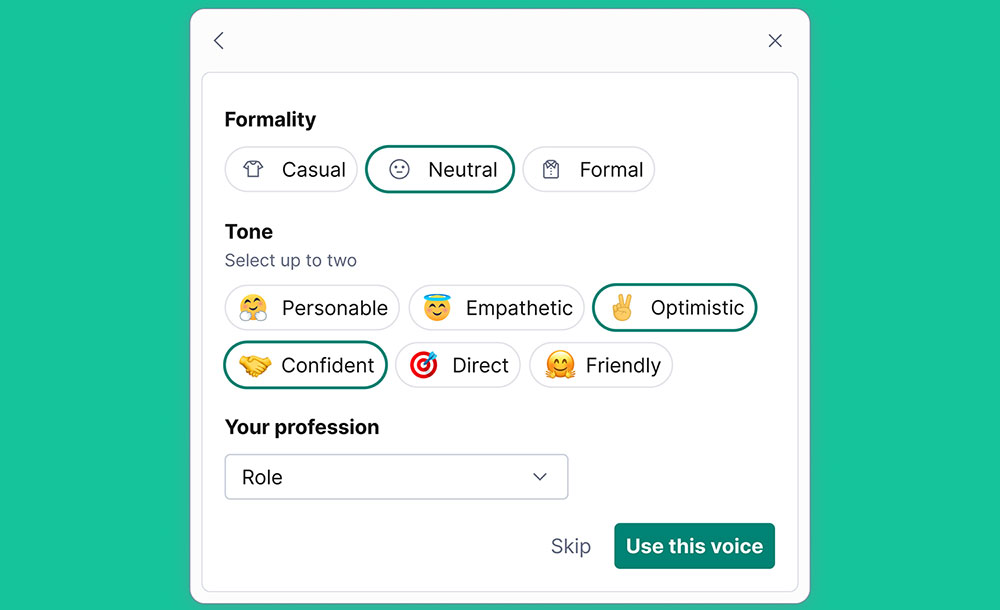
GrammarlyGO will write an article or column for you, help you work through writer’s block, or create complete emails from a couple of short sentences. I expect Steve Ballmer would have loved this last part, as he tended to treat email responses as if every word he wrote put his life in danger.
Existing Grammarly customers will gain access to this capability in beta form starting in April, with the final likely coming out later in the year. Using the combined Grammarly toolset should improve both the quality and quantity of your writing and allow you to do far more in far less time.
Given that this will significantly impact my productivity, GrammarlyGO is my Product of the Week.

